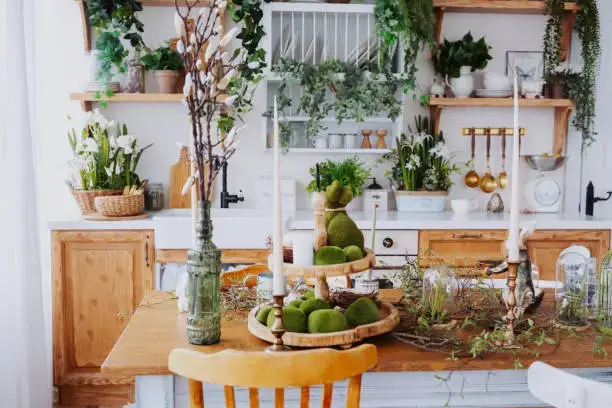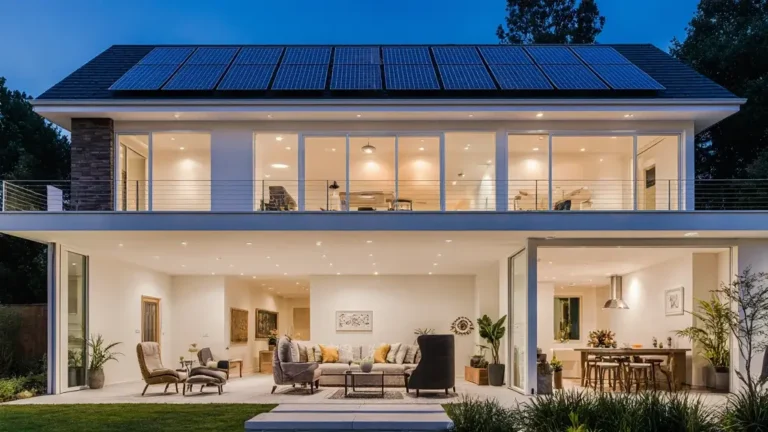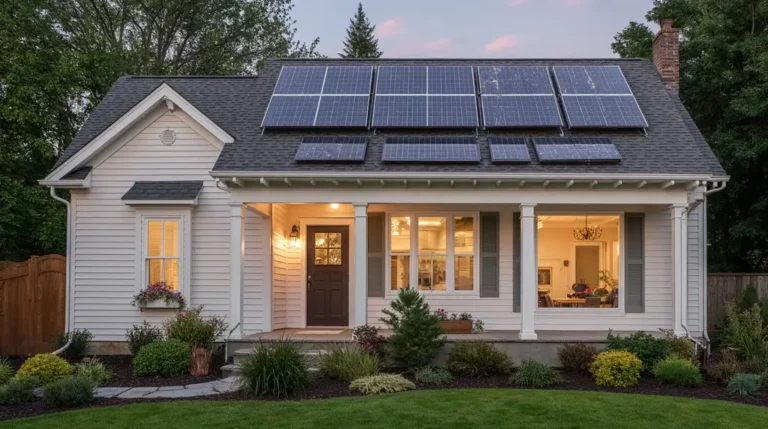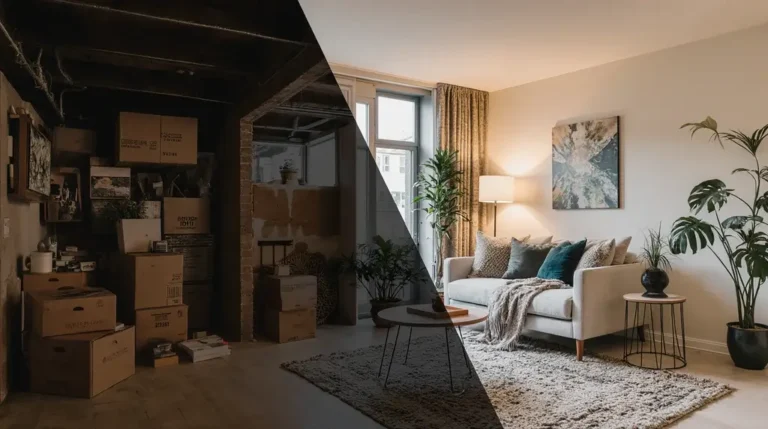DIY Indoor Herb Garden for Fresh Cooking Now
Table of Contents
There’s nothing quite like the aroma of fresh basil wafting through your kitchen or snipping sprigs of mint for your evening tea. Creating a DIY indoor herb garden transforms your cooking experience while bringing natural beauty into your living space. Whether you’re a culinary enthusiast or someone who simply wants to save money on grocery store herbs, growing your own indoor herb collection is one of the most rewarding home projects you can undertake. Upgrade your indoor space effortlessly—check out our featured product that perfectly complements the tips in this Home Improvement & Indoor Living guide.
Fresh herbs don’t just enhance the flavor of your meals—they elevate ordinary dishes into restaurant-quality experiences. From the bright notes of fresh parsley in your pasta to the aromatic punch of homegrown thyme in your roasted vegetables, having herbs at your fingertips means never settling for dried substitutes again. Plus, with rising grocery costs, kitchen gardening offers substantial savings while ensuring you always have the freshest ingredients available. get more info about Smart Home Upgrades for Energy Efficiency;
Why Choose Indoor Herb Gardening?
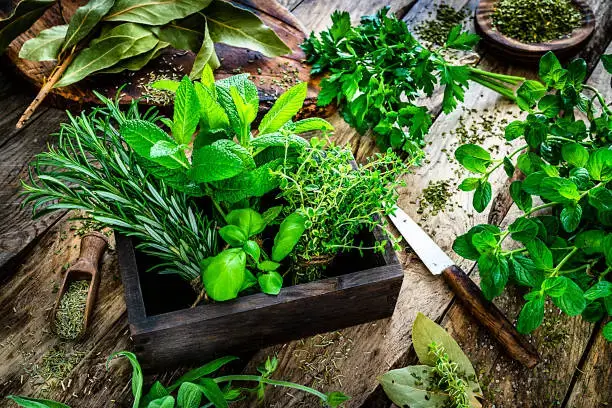
The benefits of cultivating your own herb garden diy indoor setup extend far beyond convenience. Indoor herb gardening provides year-round access to fresh flavors, regardless of weather conditions or growing seasons. Unlike outdoor gardens, indoor setups give you complete control over growing conditions, protecting your plants from pests, extreme temperatures, and unpredictable weather patterns.
Indoor herb cultivation also promotes healthier eating habits. When fresh herbs are readily available, you’re more likely to cook at home and experiment with new flavors. The act of tending to your plants provides stress relief and connects you with nature, even in urban environments. Additionally, many herbs possess natural air-purifying properties, contributing to a cleaner indoor environment while adding visual appeal to your living space.
From a financial perspective, a single grocery store herb package often costs $2-4 and may spoil before you use it all. An indoor herb garden requires minimal initial investment but provides continuous harvests for months or even years, depending on the plant variety.
Selecting the Perfect Herbs for Beginners
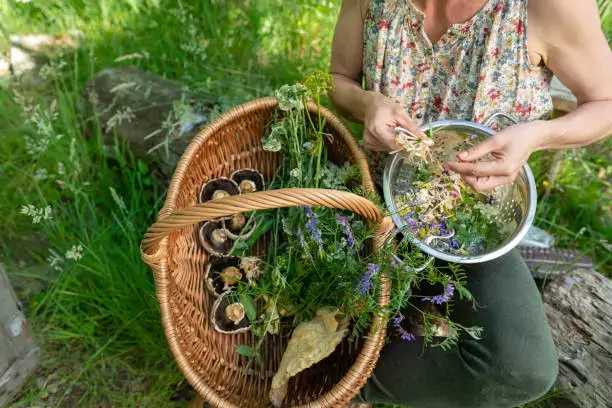
When starting your indoor herb garden journey, choosing the right varieties sets the foundation for success. Beginner-friendly herbs are typically resilient, fast-growing, and forgiving of minor care mistakes. Here are the top recommendations for those new to growing herbs indoors:
Basil stands out as the ultimate starter herb. This aromatic powerhouse thrives in warm, sunny conditions and grows rapidly, providing continuous harvests throughout the growing season. Sweet basil works wonderfully in Italian dishes, while Thai basil adds exotic flair to Asian cuisine. Pinch off flower buds to encourage leaf growth and maintain the plant’s productive lifespan.
Parsley offers exceptional value for indoor gardeners. Both flat-leaf and curly varieties grow well indoors, with flat-leaf parsley providing more intense flavor. This nutrient-rich herb tolerates lower light conditions better than many alternatives, making it ideal for less sunny locations. Parsley’s long growing cycle means one plant can supply your kitchen needs for months.
Mint brings refreshing versatility to your indoor garden. This vigorous grower adapts well to container cultivation, though its aggressive spreading nature makes pots essential to prevent it from overtaking other plants. Spearmint and peppermint are popular choices, perfect for teas, cocktails, desserts, and Middle Eastern dishes.
Thyme proves that good things come in small packages. This compact, woody herb requires minimal space while delivering maximum flavor impact. Thyme thrives in slightly drier conditions than other herbs, making it forgiving for beginners who might forget occasional waterings. Its small leaves pack intense flavor, so a little goes a long way in cooking.
Chives round out the beginner-friendly selection with their mild onion flavor and grass-like appearance. These perennial herbs are virtually indestructible and regrow quickly after cutting. They also produce beautiful purple flowers that are edible and add visual interest to your indoor garden.
Choosing the Right Containers and Setup
Container selection significantly impacts your DIY indoor herb garden success. Proper drainage is non-negotiable—herbs hate waterlogged roots, which can quickly lead to root rot and plant death. Choose containers with multiple drainage holes, or drill your own if necessary. Saucers underneath catch excess water while protecting your surfaces.
Size matters when selecting planters. Most herbs need containers at least 6-8 inches deep and wide, though larger varieties like basil benefit from 10-12 inch pots. Grouping multiple herb varieties in a large, segmented planter creates an attractive display while simplifying care routines.
Material considerations include weight, aesthetics, and functionality. Terra cotta pots provide excellent drainage and breathability but dry out quickly, requiring more frequent watering. Plastic containers retain moisture longer and weigh less, making them ideal for hanging installations. Ceramic and metal planters offer style but may lack adequate drainage without modification.
Self-watering planters represent an excellent investment for busy gardeners. These systems maintain consistent moisture levels, reducing the risk of over or under-watering while providing vacation peace of mind.
Essential Growing Conditions: Light, Water, and Soil
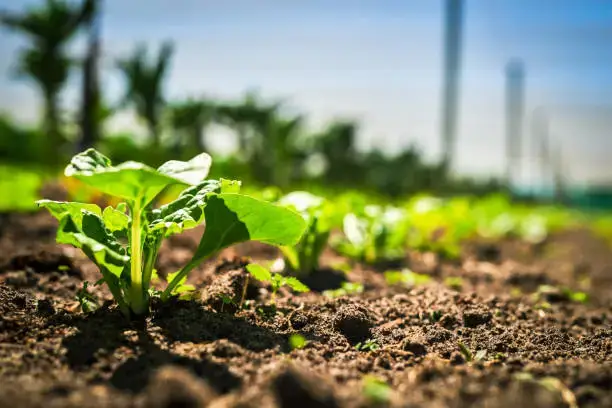
Understanding your herbs’ basic needs ensures thriving plants and continuous harvests. Kitchen gardening success depends on replicating outdoor growing conditions as closely as possible within your indoor environment.
Lighting requirements vary among herb varieties, but most prefer bright, indirect sunlight for 4-6 hours daily. South-facing windows typically provide ideal conditions, while east and west-facing windows work well for most herbs. North-facing windows may require supplemental grow lights, especially during winter months.
LED grow lights have revolutionized indoor gardening, offering energy-efficient solutions for light-challenged spaces. Position lights 6-12 inches above plants and run them for 12-16 hours daily to simulate natural sunlight cycles. Full-spectrum LEDs support both vegetative growth and flowering, ensuring healthy, productive plants.
Watering practices require attention and consistency. Most herbs prefer soil that’s moist but not waterlogged. The finger test works well—stick your finger 1-2 inches into the soil, and water when it feels dry at that depth. Generally, this means watering every 2-4 days, depending on container size, plant size, and environmental conditions.
Water quality matters too. Room temperature water prevents root shock, while filtered or distilled water avoids chemical buildup from tap water treatment. Water thoroughly until excess drains from the bottom, ensuring the entire root system receives moisture.
Soil selection impacts plant health, growth rate, and harvest quality. High-quality potting mix designed for containers provides proper drainage, aeration, and nutrition. Avoid garden soil, which compacts in containers and may contain pests or diseases. Look for potting mixes containing perlite or vermiculite for improved drainage and root development.
Organic potting mixes often include slow-release fertilizers, reducing the need for frequent feeding. However, herbs generally prefer lean soils and don’t require heavy fertilization. Over-fertilizing can actually reduce essential oil production, diminishing flavor intensity.
Creative Placement Ideas for Style and Function
Your herb garden diy indoor setup should complement your living space while providing optimal growing conditions. Strategic placement maximizes both plant health and aesthetic appeal, creating functional beauty throughout your home.
Windowsill gardens represent the classic indoor herb setup. South-facing kitchen windows provide ideal growing conditions while keeping herbs within easy reach during cooking. Install narrow shelves to create tiered displays, maximizing space utilization while ensuring all plants receive adequate light. Decorative window boxes add charm while containing multiple herb varieties in one attractive display.
Hanging planters utilize vertical space effectively, particularly in smaller kitchens. Macrame hangers add boho style, while modern geometric hangers complement contemporary decor. Position hanging gardens near windows or under grow lights, ensuring easy access for harvesting and care. Trailing herbs like oregano or thyme look particularly attractive in hanging displays.
Countertop arrangements bring herbs directly into your cooking workspace. Attractive planters grouped on trays create cohesive displays while protecting surfaces. Rotating displays ensure all plants receive equal light exposure, promoting balanced growth. Consider varying plant heights and container sizes for visual interest.
Mobile herb carts offer flexibility and style. Rolling carts move easily between optimal light locations and cooking areas, adapting to your daily routines. Multi-tier carts maximize growing space while providing storage for gardening supplies and tools.
Wall-mounted systems maximize space in compact kitchens. Vertical gardens using pocket planters or modular systems create living walls that serve as natural decor. These systems work particularly well with smaller herbs like thyme, oregano, and chives.
Maintenance Tips for Thriving Plants
Successful growing herbs indoors requires consistent care and attention to plant needs. Regular maintenance ensures healthy growth, continuous harvests, and long plant lifespans.
Harvesting techniques significantly impact plant productivity. Regular harvesting actually encourages more growth, so don’t hesitate to use your herbs frequently. Cut stems just above leaf nodes to promote branching and bushier growth. Morning harvesting provides the most intense flavors, as essential oils are at peak concentration.
Pruning practices keep plants healthy and productive. Remove any yellowing or damaged leaves promptly to prevent disease spread. Pinch off flower buds on leafy herbs like basil to maintain leaf production and flavor quality. Woody herbs like thyme benefit from light pruning to maintain shape and encourage new growth.
Fertilizing needs are generally minimal for herbs. Monthly applications of diluted, balanced liquid fertilizer support healthy growth without overwhelming plants. Organic options like fish emulsion or compost tea provide gentle nutrition while supporting soil health.
Pest management in indoor environments typically involves prevention rather than treatment. Proper air circulation, appropriate watering, and clean growing conditions prevent most pest problems. If issues arise, insecticidal soap or neem oil provide organic solutions that won’t contaminate your edible herbs.
Common Challenges and Solutions
Every indoor gardener encounters obstacles, but understanding common issues and their solutions keeps your DIY indoor herb garden thriving. Most problems have simple fixes when caught early.
Leggy growth indicates insufficient light. Plants stretch toward available light sources, becoming tall and weak. Solution: move plants closer to light sources or add supplemental grow lights. Pinch back leggy growth to encourage bushier development.
Yellowing leaves typically signal watering issues—either too much or too little. Check soil moisture levels and adjust watering frequency accordingly. Yellow leaves may also indicate natural aging, particularly on lower leaves of older plants.
Slow growth often results from inadequate light, poor soil conditions, or temperature stress. Ensure plants receive sufficient bright light, use quality potting soil, and maintain temperatures between 65-75°F for optimal growth.
Pest problems like aphids or spider mites occasionally affect indoor herbs. Increase air circulation, avoid overwatering, and inspect plants regularly. Gentle washing with soapy water eliminates many pest problems naturally.
Seasonal Considerations and Year-Round Success
Indoor kitchen gardening provides year-round growing opportunities, but seasonal adjustments optimize plant health and productivity. Understanding how changing seasons affect indoor growing conditions helps maintain thriving herb gardens throughout the year.
Winter months present unique challenges with reduced natural light and dry indoor air. Supplemental grow lights become more important, while humidity trays or room humidifiers combat dry conditions. Growth slows naturally during winter, so reduce watering frequency and avoid fertilizing until spring growth resumes.
Spring brings renewed growth and optimal conditions for starting new plants from seeds or cuttings. This season offers the best opportunity to expand your herb collection or replace aging plants with fresh starts.
Summer’s intense heat and light may require adjusting plant positions to prevent leaf scorch. Increased watering frequency accommodates higher temperatures and faster growth rates.
Fall provides excellent conditions for establishing new plantings before winter’s challenges arrive. This season works well for transitioning outdoor herb plants inside for winter protection.
Expanding Your Indoor Herb Garden
As your confidence and experience grow, expanding your herb garden diy indoor setup becomes an exciting possibility. Advanced techniques and additional varieties keep the hobby engaging while increasing your culinary options.
Seed starting opens doors to unusual varieties unavailable as plants. Many herbs grow easily from seeds, providing satisfaction and significant cost savings. Starting from seeds also ensures organic growing practices from the beginning.
Propagation techniques like taking cuttings allow you to multiply existing plants or share with friends. Many herbs root readily in water or moist soil, making propagation simple and rewarding.
Succession planting ensures continuous harvests of fast-growing herbs like basil and cilantro. Starting new plants every 2-3 weeks provides constant supplies of fresh, young leaves with peak flavors.
Conclusion: Start Your Flavorful Journey Today
Creating a DIY indoor herb garden represents one of the most rewarding investments in your culinary journey and home environment. The satisfaction of snipping fresh herbs for your evening meal, the aromatic beauty they bring to your living space, and the substantial savings over store-bought herbs make indoor herb gardening an ideal hobby for anyone passionate about fresh, flavorful cooking.
Start small with just 2-3 easy varieties like basil, parsley, and mint. As your confidence grows and you witness the incredible difference fresh herbs make in your cooking, expanding your collection becomes a natural progression. The key is beginning—every expert gardener started with their first herb plant and learned through experience.
Your kitchen deserves the upgrade that only fresh, homegrown herbs can provide. Whether you’re adding bright basil to homemade pizza, fresh chives to scrambled eggs, or aromatic thyme to roasted vegetables, your kitchen gardening efforts will transform ordinary meals into extraordinary culinary experiences.
Take that first step today. Your taste buds, your wallet, and your home will thank you for bringing the fresh, vibrant world of herbs indoors. Start small, dream big, and enjoy the incredible journey of growing herbs indoors year-round.
DIY Indoor Herb Garden for Fresh Cooking Now
There’s nothing quite like the aroma of fresh basil wafting through your kitchen or snipping sprigs of mint for your evening tea. Creating a DIY indoor herb garden transforms your cooking experience while bringing natural beauty into your living space. Whether you’re a culinary enthusiast or someone who simply wants to save money on grocery store herbs, growing your own indoor herb collection is one of the most rewarding home projects you can undertake. Upgrade your indoor space effortlessly—check out our featured product that perfectly complements the tips in this Home Improvement & Indoor Living guide.

